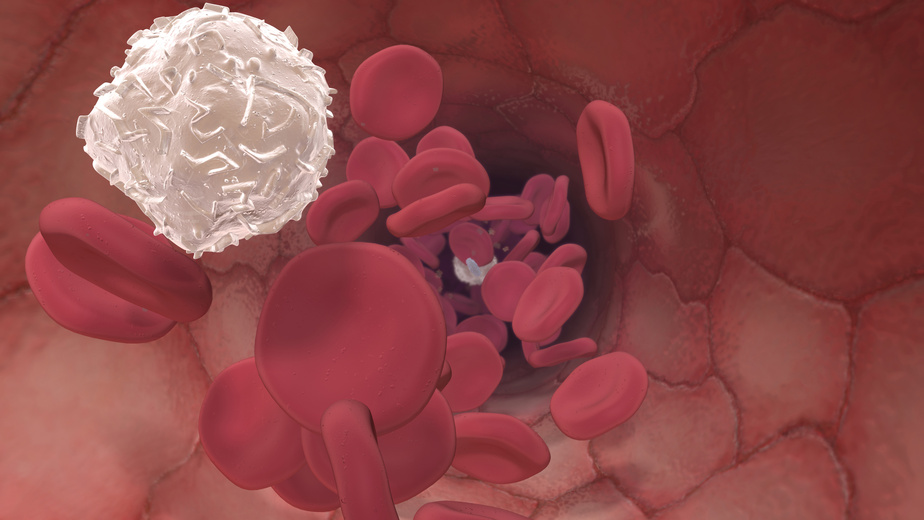Lipodystrophies are disorders characterized by complete or selective loss of adipose tissue from various regions of the body. They might lead to severe metabolic disorders. The development of reliable cellular experimental models mimicking such diseases in vitro is extremely challenging (1). One of the main hurdle in the design of such in vitro cellular models is the access to reliable sources of well-qualified primary cells and the identification of optimal cell culture conditions.
To further decipher the molecular mechanisms of Lamin A-linked (and age-related) lipodystrophies, Sánchez P. et al. have recently presented a clever in vitro cellular model of lipodystrophic adipocytes displaying prelamin A accumulation together with mitochondrial and Endoplasmic Reticulum ultra-structural alteration involved in lipid metabolisms. (2) The authors suggest that their Lamin A-linked Lipodystrophic cellular adipocyte model might support researchers in identifying potential therapeutic drugs restoring lipid metabolism.
This clearly illustrates the importance for Life Scientists to have access to robust sources of primary cells from large collection of donors to construct cellular models for cell-based assays. Here, Dr Rodríguez’s team used adipose tissue mesenchymal stem cells (hMSCs) derived from eleven healthy donors with all appropriate characteristics.
Human Mesenchymal Stem Cells (hMSCc) and adipose-related cells sourcing for European Life Scientists can be ensured via tebu-bio. Both their labs and cell biologists enable optimal procurement of various types of primary cells from a broad range of well-defined sources. In addition to batch availability and donors’ information, tailorization of cellular experimental design can even go up to the outsourcing of the cell engineering, amplification, and differentiation stages together with functional assays. In the case of lipid metabolism, Marker Gene Technologies’ Dyrect JC-1 Mito Health Assay will be used to stain mitochondria in live cells and Zen-Bio’s Cultured Human Adipocyte Lipolysis Assay Kit will be preferred for the detection of both free glycerol and non-esterified fatty acids.
Sources:
- Ruiz de Eguino G.et al. “Sp1 transcription factor interaction with accumulated prelamin A impairs adipose lineage differentiation in human mesenchymal stem cells: essential role of sp1 in the integrity of lipid vesicles” (2012) Stem Cells Transl Med. DOI: 10.5966/sctm.2011-0010
- Sánchez et al. “Age-related lipid metabolic signature in human LMNA-lipodystrophic stem cell derived adipocytes” (2015) J Clin Endocrinol Metab. DOI: 10.1210/jc.2014-4528. http://press.endocrine.org/doi/pdf/10.1210/jc.2014-4528 – Stem Cells and Cell Therapy Laboratory, BioCruces Health Research Institute, Barakaldo (Spain); Laboratorio de Neurobiología Comparada, Instituto Cavanilles, CIBERNED, Valencia (Spain); Unidad Mixta de Esclerosis Múltiple y Neurorregeneración, IIS Hospital La Fe, Valencia (Spain).
Would you like to stay tuned about cell sourcing? Subscribe to being bioreactive blog or subscribe to tebu-bio thematic e-newsletters!



